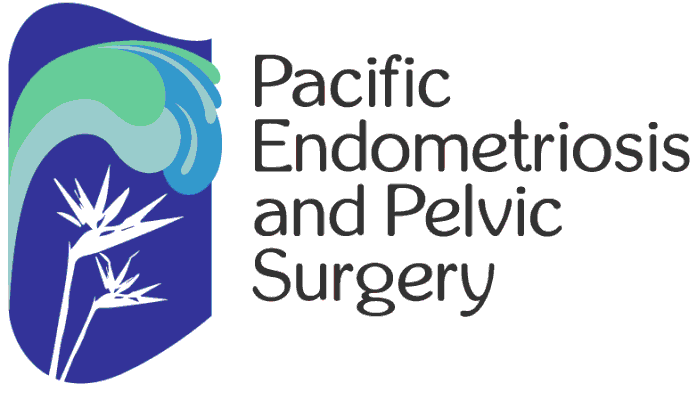Promoting Resilience as a way to get patients unstuck
Interventions that enhance resilience Download complete PDF Resilience – the ability to recover quickly from difficulties. A skill that can be learned by those with chronic illness, including chronic pain. Identify individual character strengths and promote their use in regular and novel ways. Strengths such as hope, kindness, social intelligence, self-control and perspective buffer against the effects of stress, trauma and physical pain. Learn your character strengths www.viacharacter.org/Survey/Account/Register Keeping a Gratitude Diary Every day, write down 3 things for which … Read More

